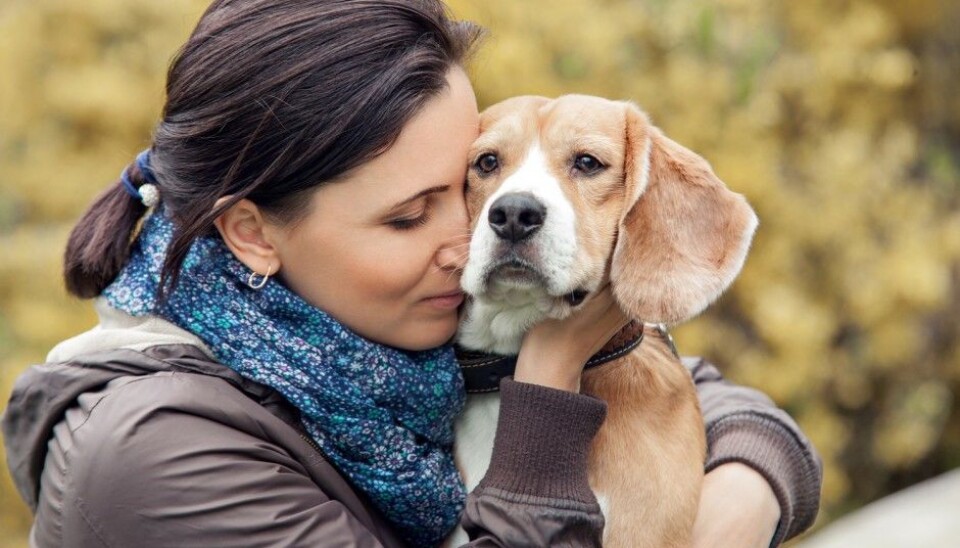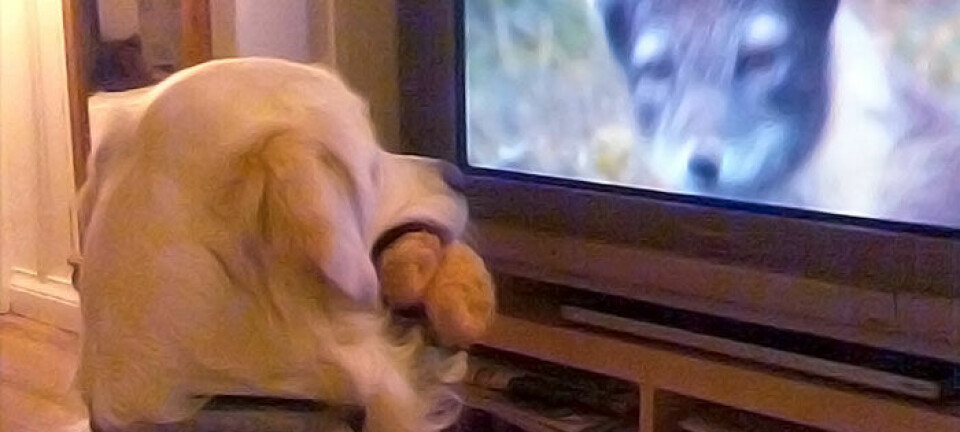
Humans and dogs: Is our friendship genetic?
Swedish researchers have discovered the genes that make dogs man’s best friend.
They want to play incessantly. They jump up and down, they lick us, whine and look us in the eye, putting on their most pleading expressions. Why do dogs want so desperately to be with us humans? Their canine ancestor the wolf shows no hankering to hang around with Homo sapiens.
Swedish scientists have now found the traces of the genetic background that can partly answer this. But they stress that they have not worked out how dogs are so genetically programmed to be so affably social toward us.
“We also know that the genetic contribution to this variation is only about 30 percent. So 70 percent of the variation has to do with things like experience,” said Per Jensen to the UK newspaper The Guardian.
Jensen is a professor at Linköping University and one of the researchers who subjected test dogs, all beagles bred in a kennel for science, to the following experiment:
Unattainable snack
The dogs were let into a room individually where they found three plastic containers with transparent lids, each containing a treat. Two of these lids would slide off, but the third was made impossible to open. A researcher sat 150 cm away on a chair.
Two containers could be opened by the dogs. The researchers, who were strangers to the dogs, wanted to see how fast the animals would seek their help in retrieving the third treat.
The Swedish scientists say a wolf would not look for any such assistance. It would just keep trying to solve the problem of opening the lid on its own.
“Some dogs actually do that,” said Jensen to The Guardian. “But the most common reaction at some point is to turn to the human.”
Five contact genes
Over 400 beagles were filmed as they tried to get at the third treat. The researchers later examined the DNA of the 95 with the top scores and the 95 with the bottom scores for human contact.
“We found a clear link to DNA containing five genes of interest,” says doctoral student Mia Persson in a Linköping University press release.
Certain variations of genes were most prominent among the dogs that sought a lot of human contact and help.
In this video you from Linköping University you can see beagles in action:
Cats too
The social behaviour of animals and people are of course affected by genes.
“For instance, research has shown that the more sociable a male cat is towards humans, the easier it is for its kittens to be social, even though the toms never have any contact with their offspring,” says Professor Bjarne O. Braastad at the Norwegian University of Life Sciences (NMBU).
“The new discovery in Jensen’s and Persson’s research is they have determined which genes this can involve,” says Braastad in an e-mail to ScienceNordic’s Norwegian partner, forskning.no.
As always with genes, it is important to keep in mind that individual genes are just a part of a larger puzzle and many other genes would be expected to interact disparately with these five and have various impacts.
That is not all.
“Even though genes are important contributors to the behaviour of dogs and people, experiences and environmental factors can modify this to some extent,” emphasises Braastad.
He mentions research on identical twins that have grown up in separate families and environments. They can be very much alike, but never completely.
“Like most of what we see in biology, we are talking about an interplay between genes and environment,” says the NMBU professor.
Autism and ADHD?
Four of the five genes found by the Swedish researchers are also recognised in humans to be associated with a risk of a range of social disorders.
“These are already known from studies of social problems in humans, such as autism and ADHD,” says Persson.
The Swedes have a cautious approach to their own discovery, explains Jensen in the press release:
“If an association can be confirmed in other races of dogs, maybe dog behaviour can help us understand reduced social function among humans,” he says.
--------------------------------------
Read the Norwegian version of this article at forskning.no
Translated by: Glenn Ostling











